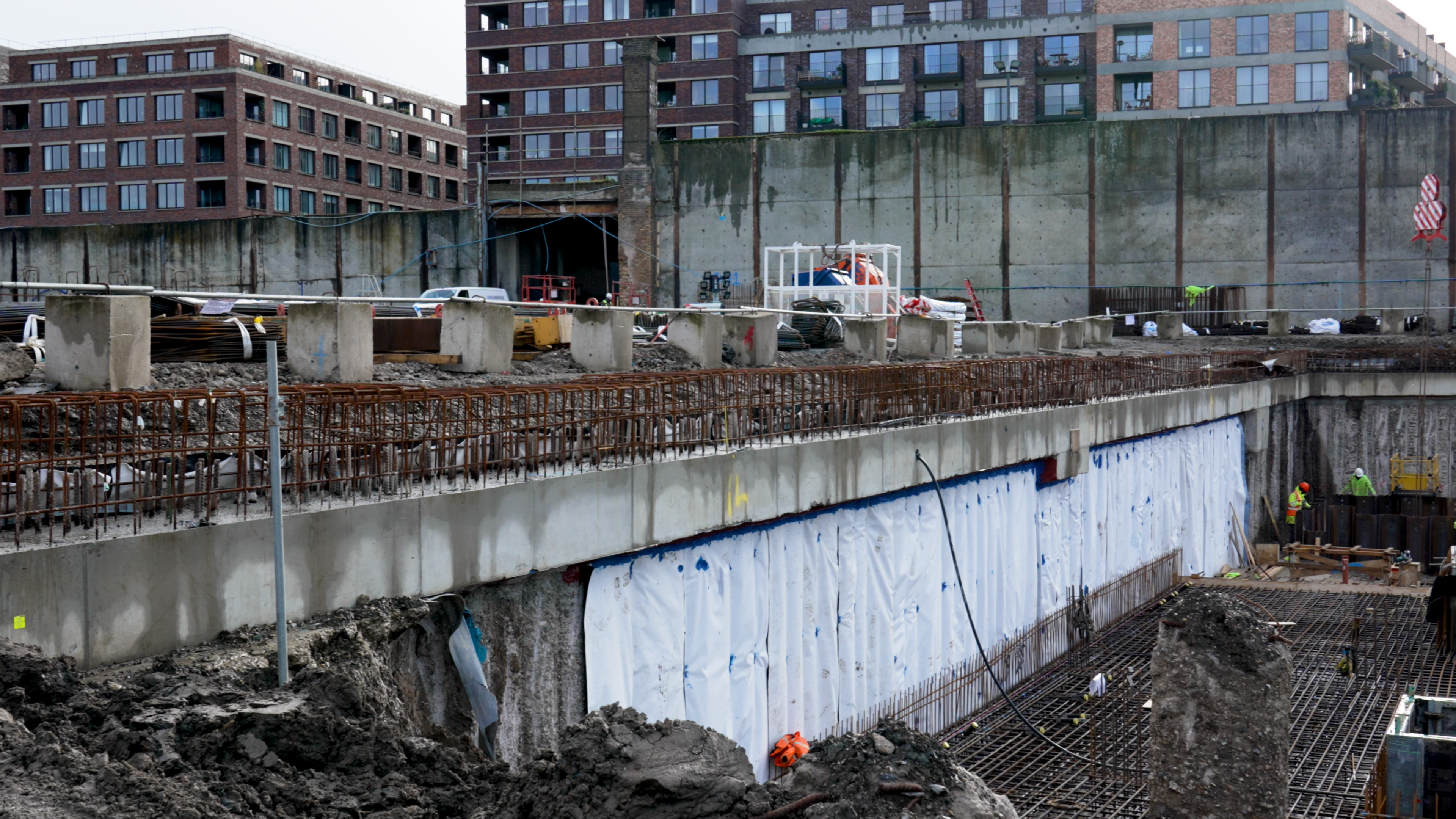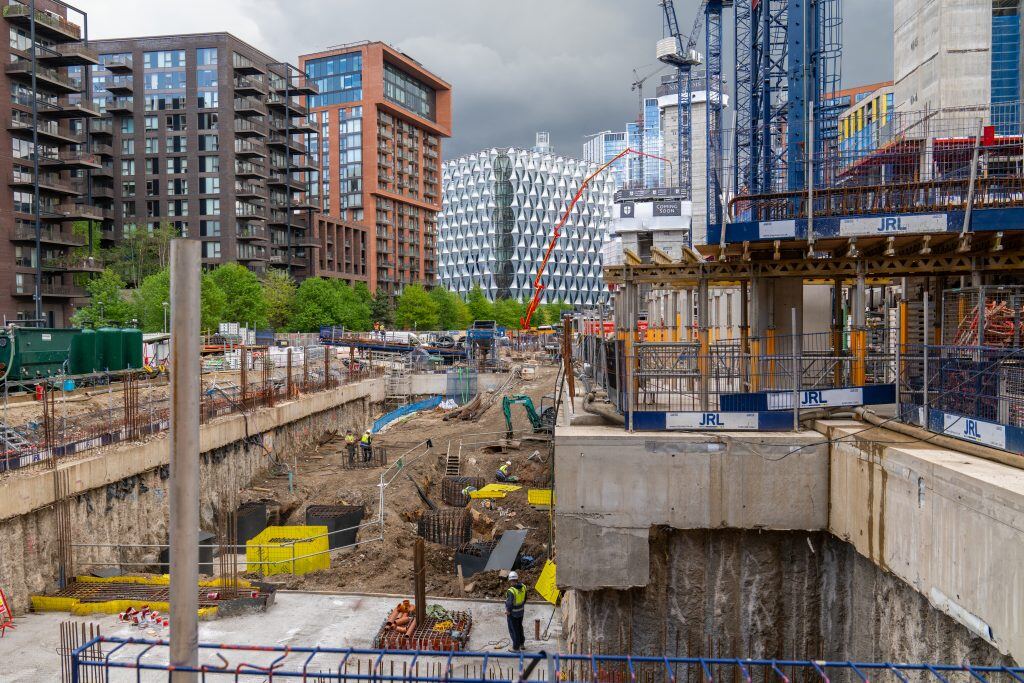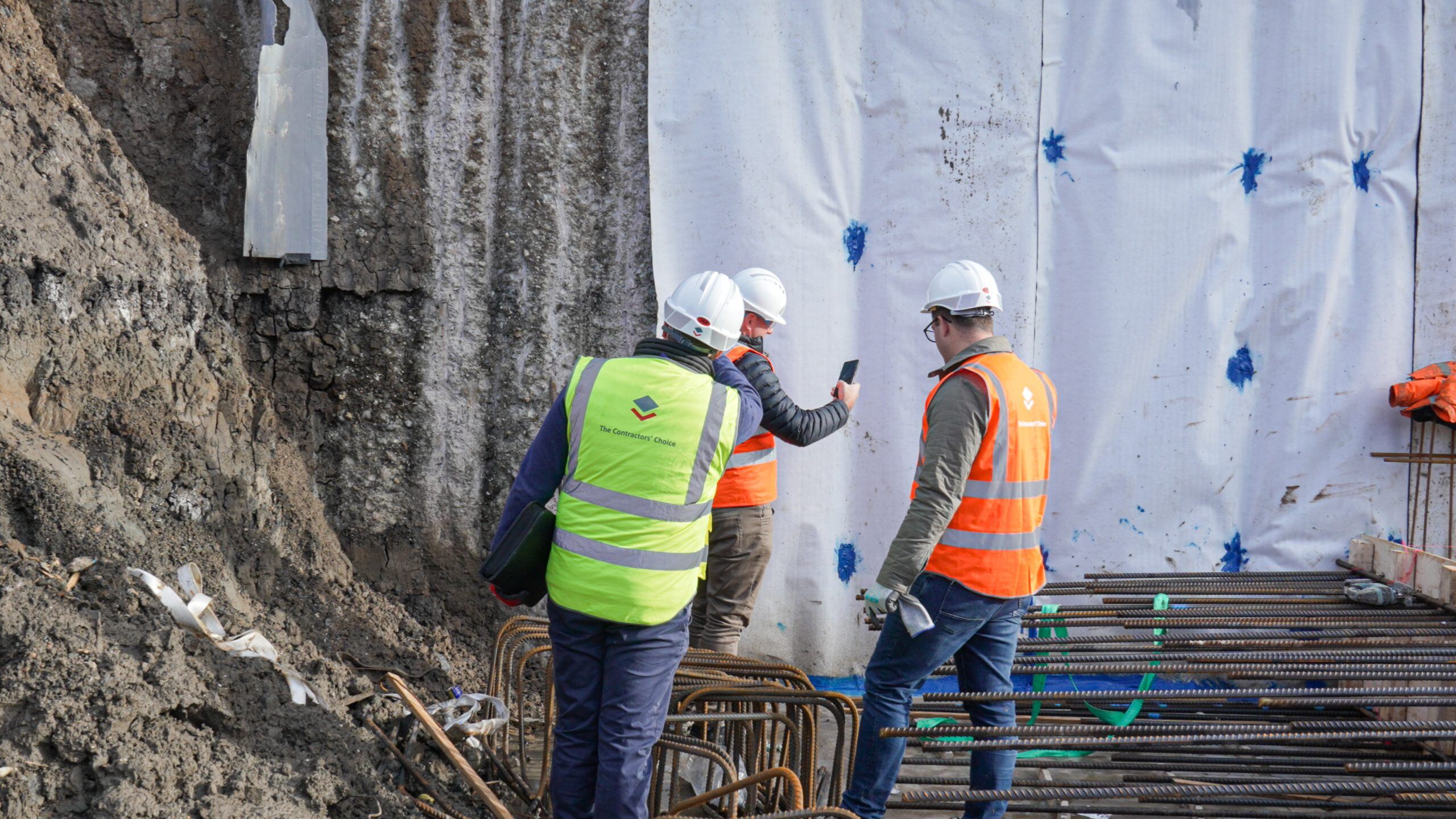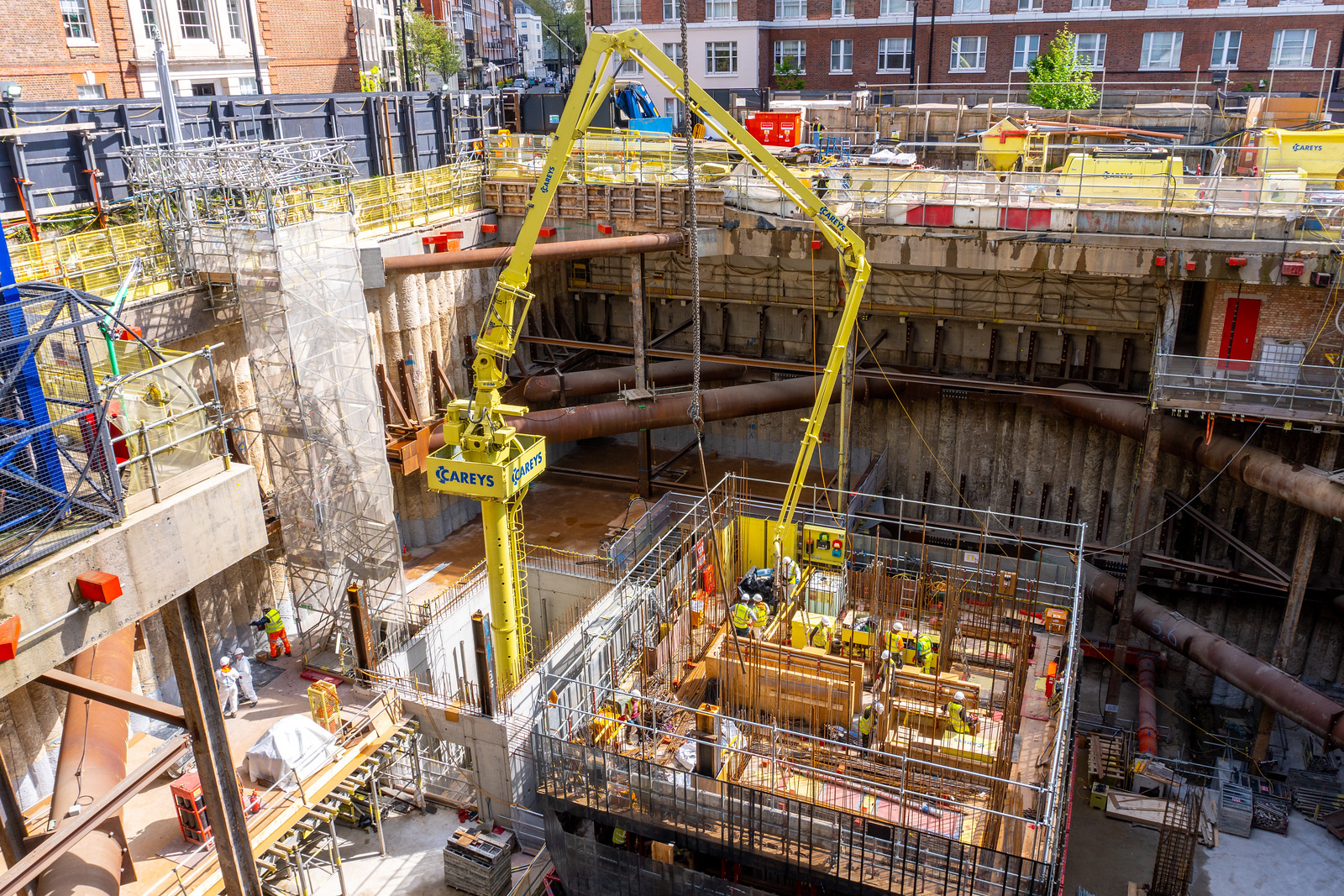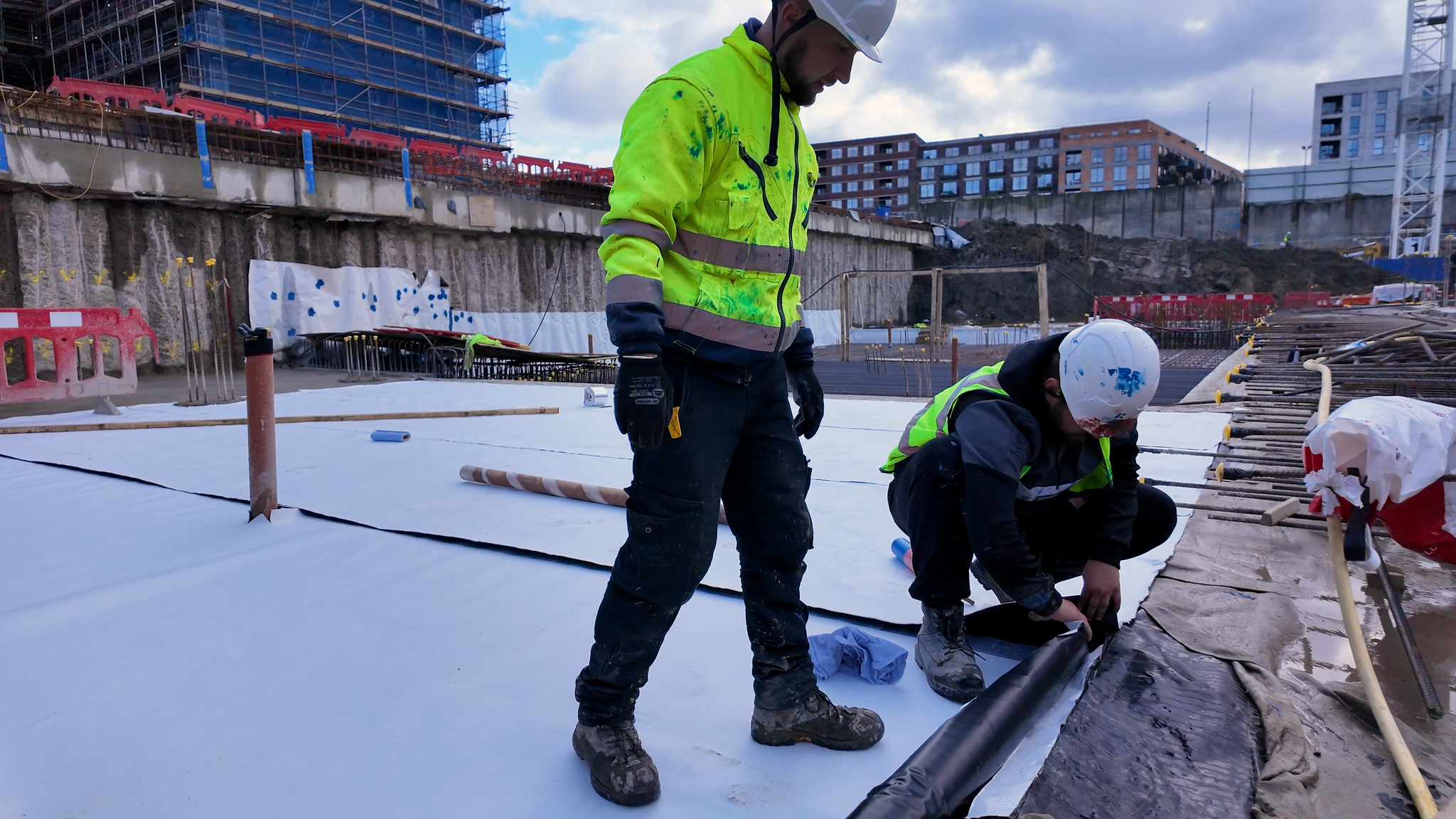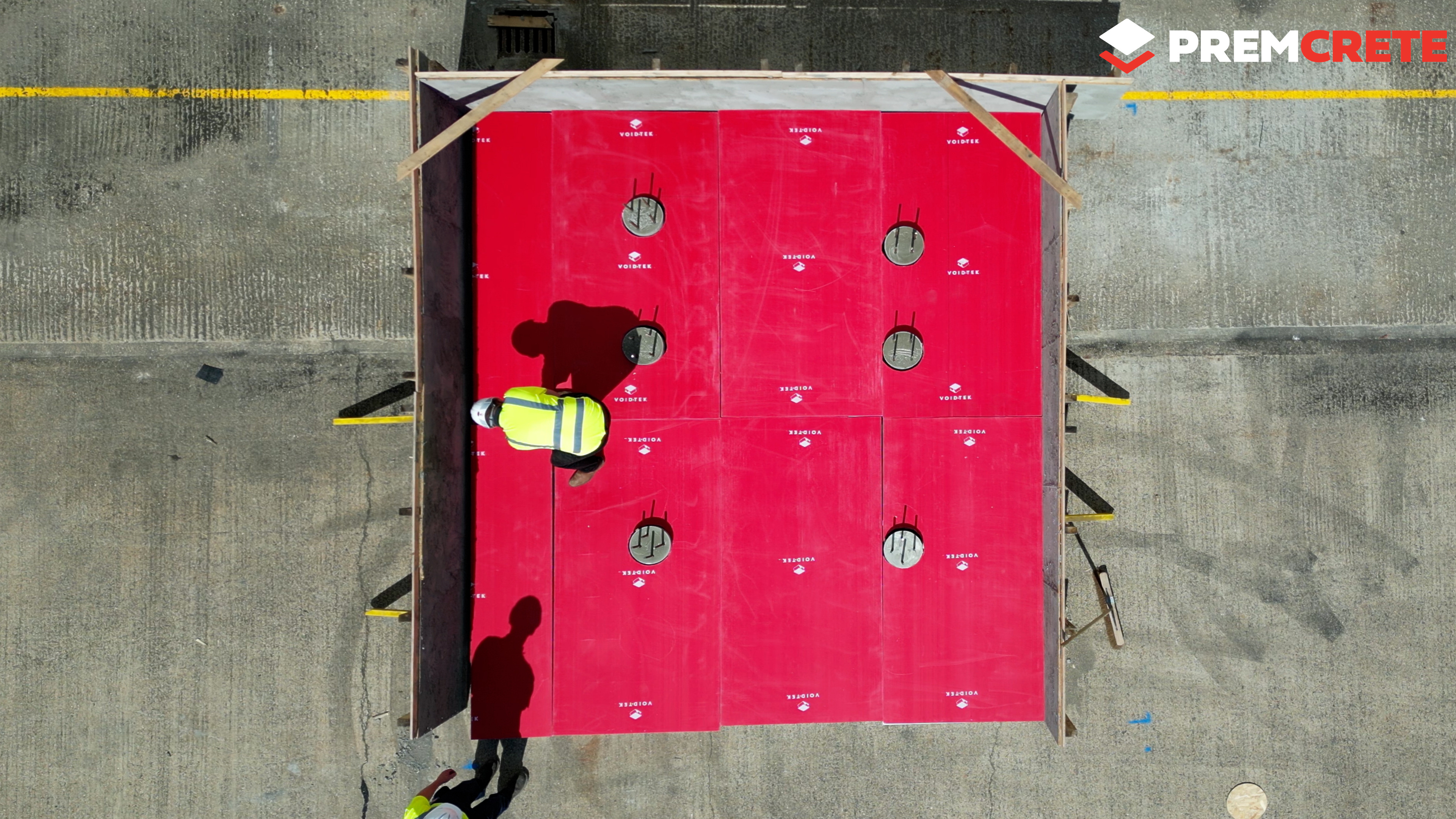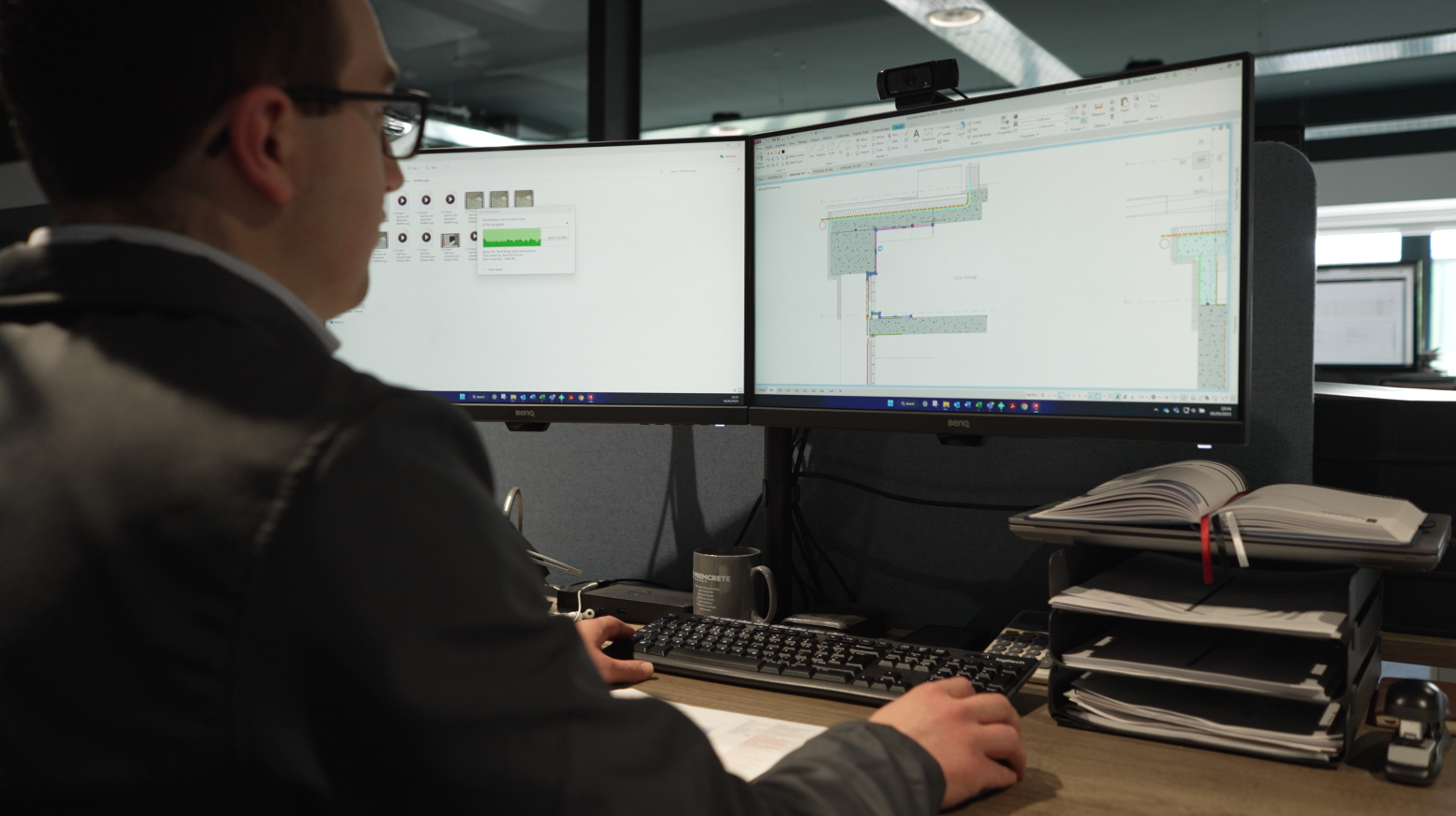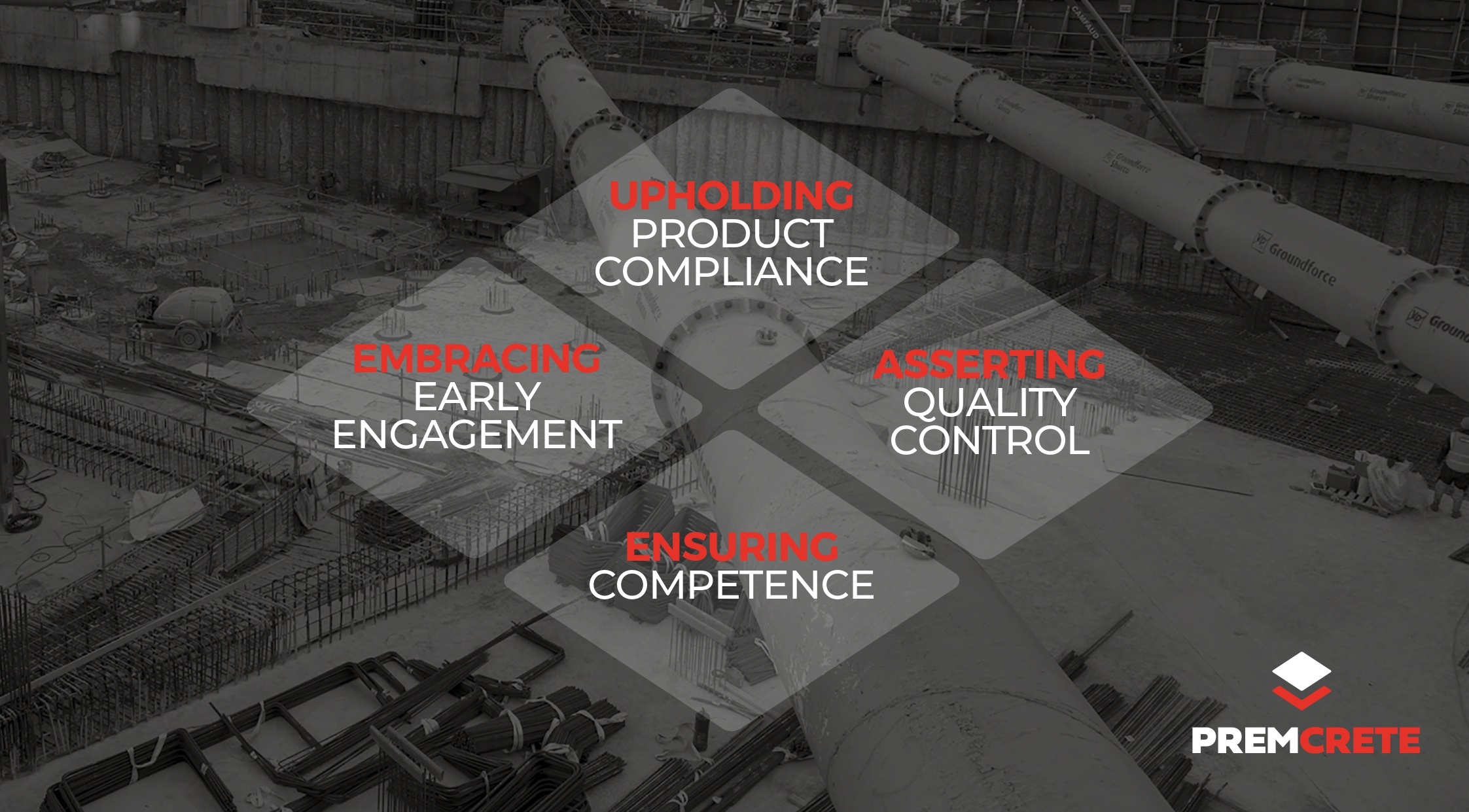The Grenfell Tragedy: A Call for Accountability
The Grenfell tower fire in 2017 was a turning point for building safety in the UK. Seven years later, experts and lawmakers are expressing frustration with the slow progress in improving safety standards. Dame Judith Hackitt, who led the review of building regulations after Grenfell, recently stated that the pace of change has “not been fast enough” urging the industry to “accelerate the pace and put lessons we have learnt into action.”
Similarly, Emma Dent Coad, former MP for Kensington, has called for “clear lines of accountability” and criminal charges for those responsible. This continued scrutiny underscores the importance of competence and accountability in construction – particularly in higher-risk projects like substructure protection.
As The Building Safety Act comes into full effect, ensuring competence is no longer just a recommendation; it’s a legal requirement. Individuals working on higher-risk buildings (HRBs) must demonstrate that they have the skills, knowledge, experience and behaviours (SKEB) required for their roles.
Here’s a reminder of the key competencies outlined by the Act:
- Possessing the appropriate skills, knowledge, experience and behaviours.
- Demonstrating competence in design, construction, refurbishment and maintenance.
- Completing accredited training and qualifications.
- Providing ongoing evidence of competence for assigned roles.
RICS and the Role of Third Party Oversight
According to RICs, professionals working on higher-risk buildings will now face stricter scrutiny when it comes to demonstrating competence. This includes third-party oversight of any new accreditation, which is a major shift in how competence will be verified in the construction sector. The Building Safety Regulator, within the HSE, will oversee all professionals and firms working on HRBs, except local authorities.
This oversight will affect a number of key pathways:
Building Control: Where professionals must now meet higher levels of competence to comply with the new regulations.
Building Surveyors as Designers: Surveyors involved in design work on HRBs will need to meet stringent competence standards.
Block Managers, Quantity Surveyors and Project Managers: These roles will also be subject to enhanced accreditation requirements to ensure that all individuals working on HRBs are adequately trained and qualified.
The inclusion of third-party oversight means that the pathway to competence is becoming more regulated, ensuring that professionals working on these critical projects are held to the highest standards.

“At Premcrete, we understand the critical importance of competence. Our approach? Training – and helping your team meet the standards set by the Building Safety Act and related frameworks. “
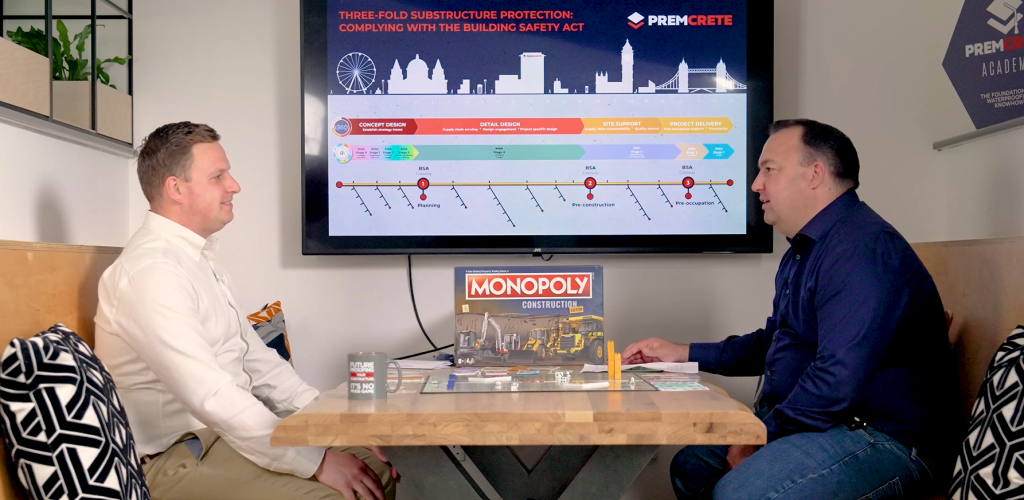
Competence Frameworks: A Structured Approach to Building Safety
To ensure the industry meets these standards, competence frameworks are being developed by the CITB in collaboration with the Industry Competence Steering Group (ICSG). These frameworks will define clear qualification routes and provide a standardised approach to measuring competence across the sector.
Key elements of the frameworks include:
Standardising Competence: Clearly defining the skills and qualifications needed for various roles in the construction process.
Accredited Qualifications: Linking competence to accredited qualifications and approved training programmes, ensuring consistency across the industry.
Implementation Plan: A roadmap that addresses any gaps in skills or training, helping companies stay on track with their compliance requirements.
By adhering to these frameworks, construction professionals can ensure they meet the regulatory standard of the Building Safety Act, particularly in high-stakes areas like substructure protection.
How Premcrete is Supporting Competence in Substructure Protection
At Premcrete, we understand the critical importance of competence in ensuring building safety. This is why we’ve developed a comprehensive approach to training and qualification, helping your team meet the standards set by the Building Safety Act and related frameworks.
As part of this, our Premcrete Academy has been ever-evolving to ensure we are keeping our clients as up-to-date as possible from a manufacturing and design perspective. This has led to the complete overhaul of our website, which is packed full of free resources. Here’s what we have to offer…
Onsite:
Installation practical training sessions. We will always conduct an initial training session, where one of our specialists will come to site to deliver practical preparation techniques. We then continue to train in sequence, so following the first arrival on site, there may need to be a focus on capping detail, for example, followed by training on piled walls. We will train in the order of each correct discipline when they are needed. Our training matrix is held on our Premtrac platform, where certificates can be issued to the trainees once complete.
Product demonstrations: We carry these out on site to improve performance. This often occurs on our specialist Civil Engineering projects, where trials and testing also take place; often under the guidance of our cementitious product expert.
Quality Control Training: The use of our Premtrac app allows all parties involved to carry out quality control on site, which includes pre-pour inspections, photographic evidence, and any other detail relating to the project in order to comply with the golden thread of information.

Offsite:
CPDS: Continuing Professional Development (CPD) is an important part of our competence requirement – and one that we have been delivering for some time. Recently, our CPDs are focused on The Building Safety Act, where we discuss design hacks, buildability, and the key learnings surrounding BS 8102:2022 and BS 8485:2015+A1:2019.
Premcrete HQ Training: Teams are able to come and train at Premcrete’s HQ in Hampshire, or at selected offsite locations. We partner with other academies and explore CITB (Construction Industry Training Board) recognised training and apprentice schemes. Alongside this, we partner with CONSTRUCT and The Skills Centre in relation to CITB training.

Online:
Premtrac Online Portal: Premtrac distinguishes itself as a pioneering solution, being, as far as we know, the only fully-fledged quality control software solution developed in-house within the industry. Its creation stemmed from years of project expertise, as well as addressing key pain points felt by customers during project builds Premtrac’s real-time user-friendly interface and seamless upload capabilities ensure accessibility and ease of use for all stakeholders.
3d Model: Another innovation set to land soon, to assist our online training, is our custom made interactive 3d model and project configurator.
YouTube: Our YouTube platform is bursting with “how to” videos – including installation best practices, tutorials, techniques and tips.
Offline:
Premcrete’s Product Installation Training Guide: A hard copy built to last on site – also available as a digital document. We regularly update this handy guide, which is also full of QR codes linking to the right content to help answer any product related queries.
Site Training Banners: Created as a giant guide that can sit comfortably on heras fencing, these banners are built for all weather conditions and act as a handy reference point when it’s busy out on site.

In Conclusion
The Grenfell Tragedy and the Need for Competence
The aftermath of the Grenfell fire serves as a sobering reminder of the importance of competence in the construction industry. As investigations continue, the final report and ongoing discussions highlight the need for greater accountability and higher safety standards. The Building Safety Act, with its emphasis on competence, is a crucial step toward preventing future tragedies. As Dame Judith Hackitt pointed out, we now can “accelerate the pace” and ensure the lessons learned from Grenfell are put into practice.
Competence Is Key to Futureproofing Your Projects
The regulatory landscape is evolving, and with it, the expectations for competence in the construction industry. By ensuring that your team meets the competence requirements of the Building Safety Act, you’re not just protecting your projects—you’re protecting lives. Premcrete is here to support you with the training, resources, and expertise needed to meet these new standards, ensuring your substructure protection systems are installed safely and effectively.
Learn More
To find out more about how Premcrete can help your team achieve competence under the Building Safety Act, visit our Premcrete Academy website or connect with us on LinkedIn.
By emphasizing the growing importance of competence in the construction industry and incorporating the insights from RICS and the Grenfell aftermath, this blog post positions Premcrete as a trusted partner in helping clients meet the stringent requirements of the Building Safety Act.


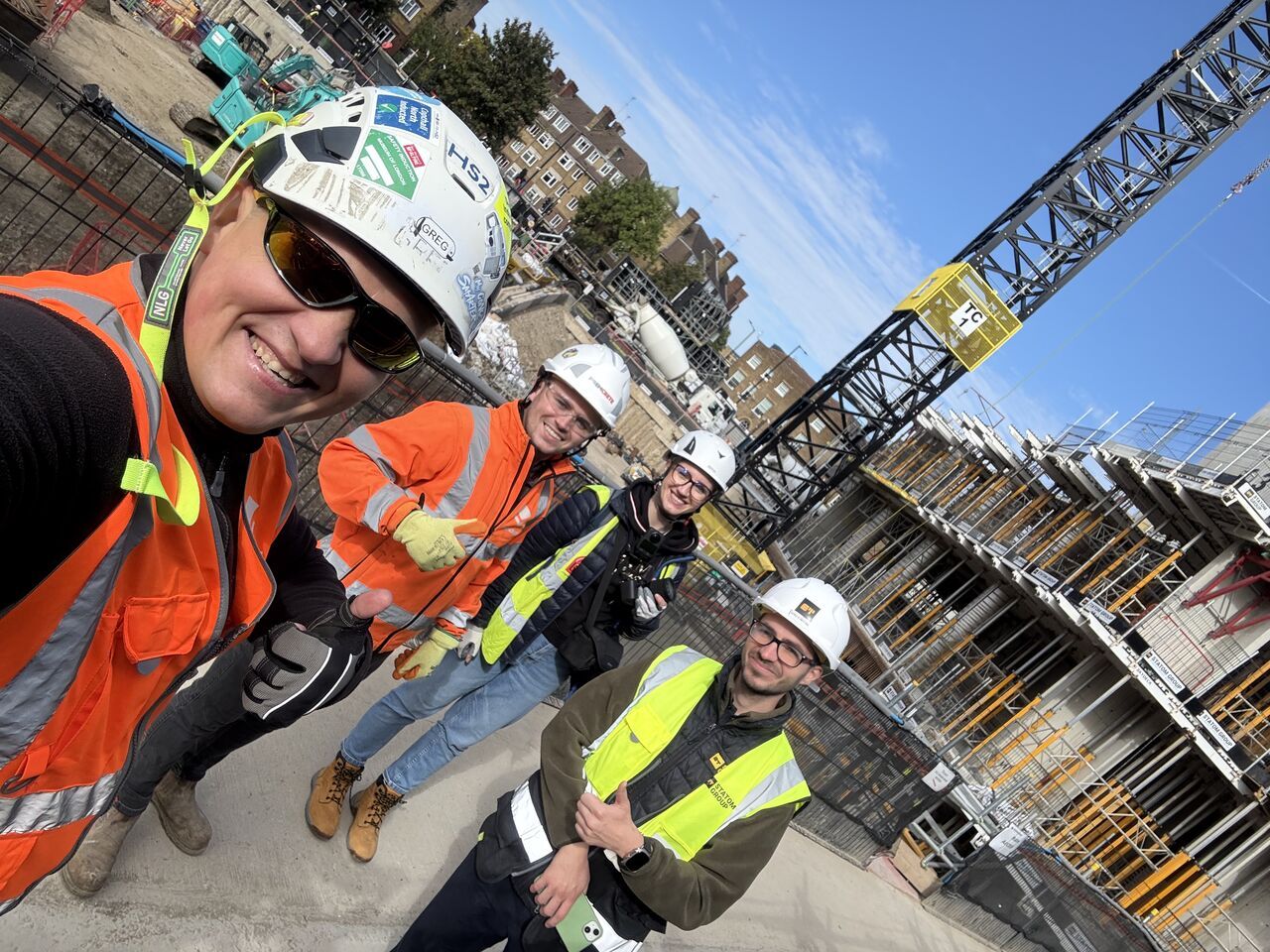


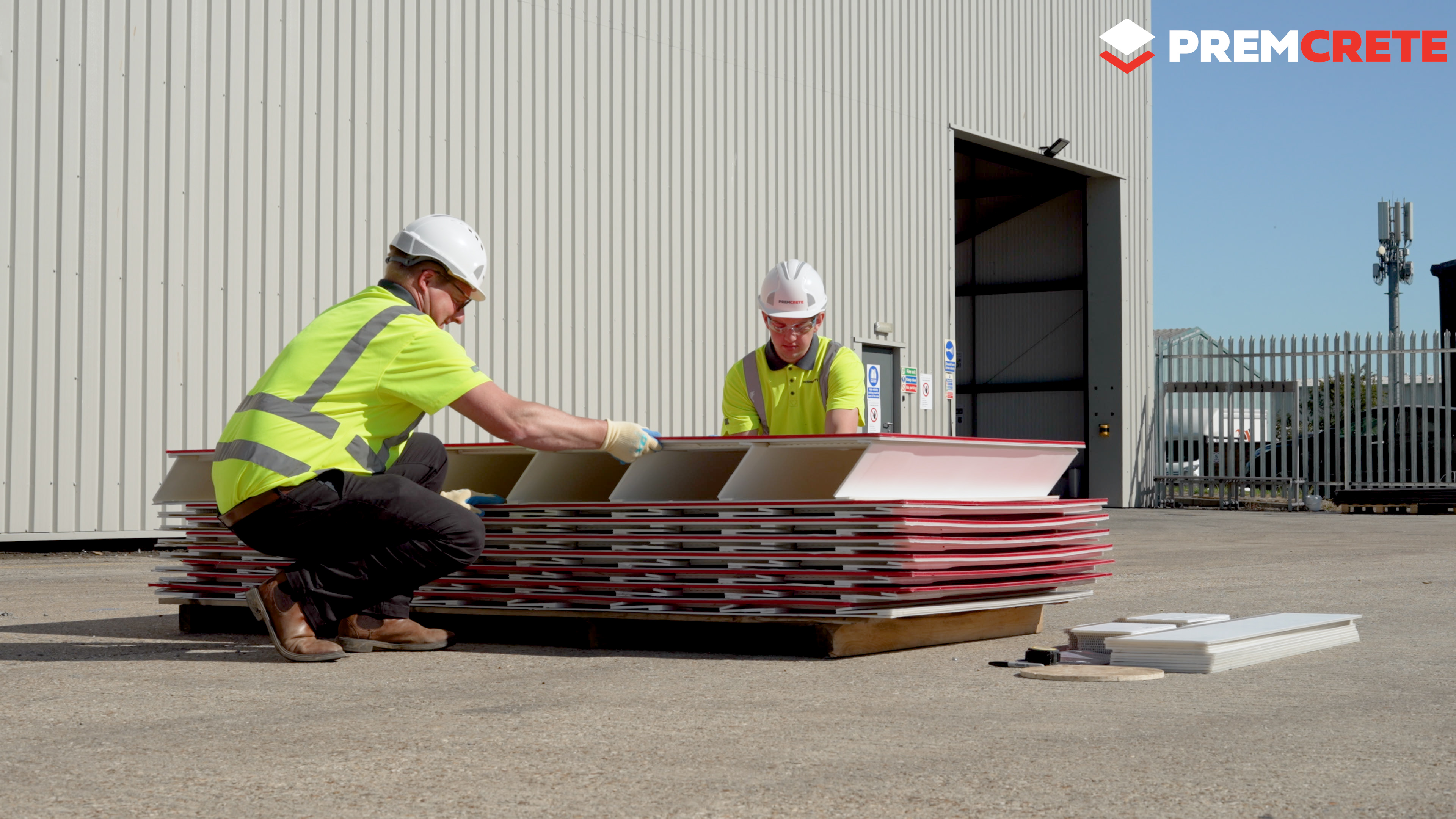

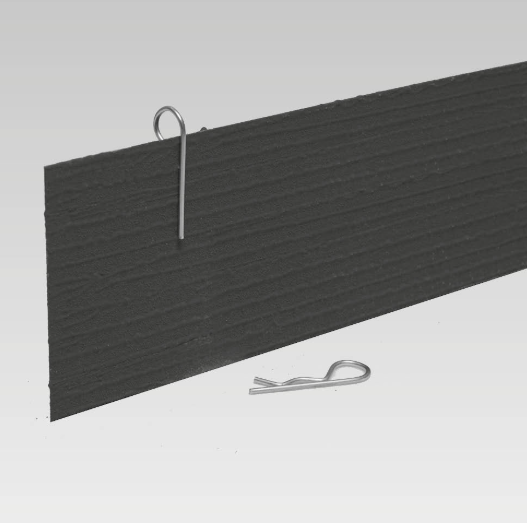
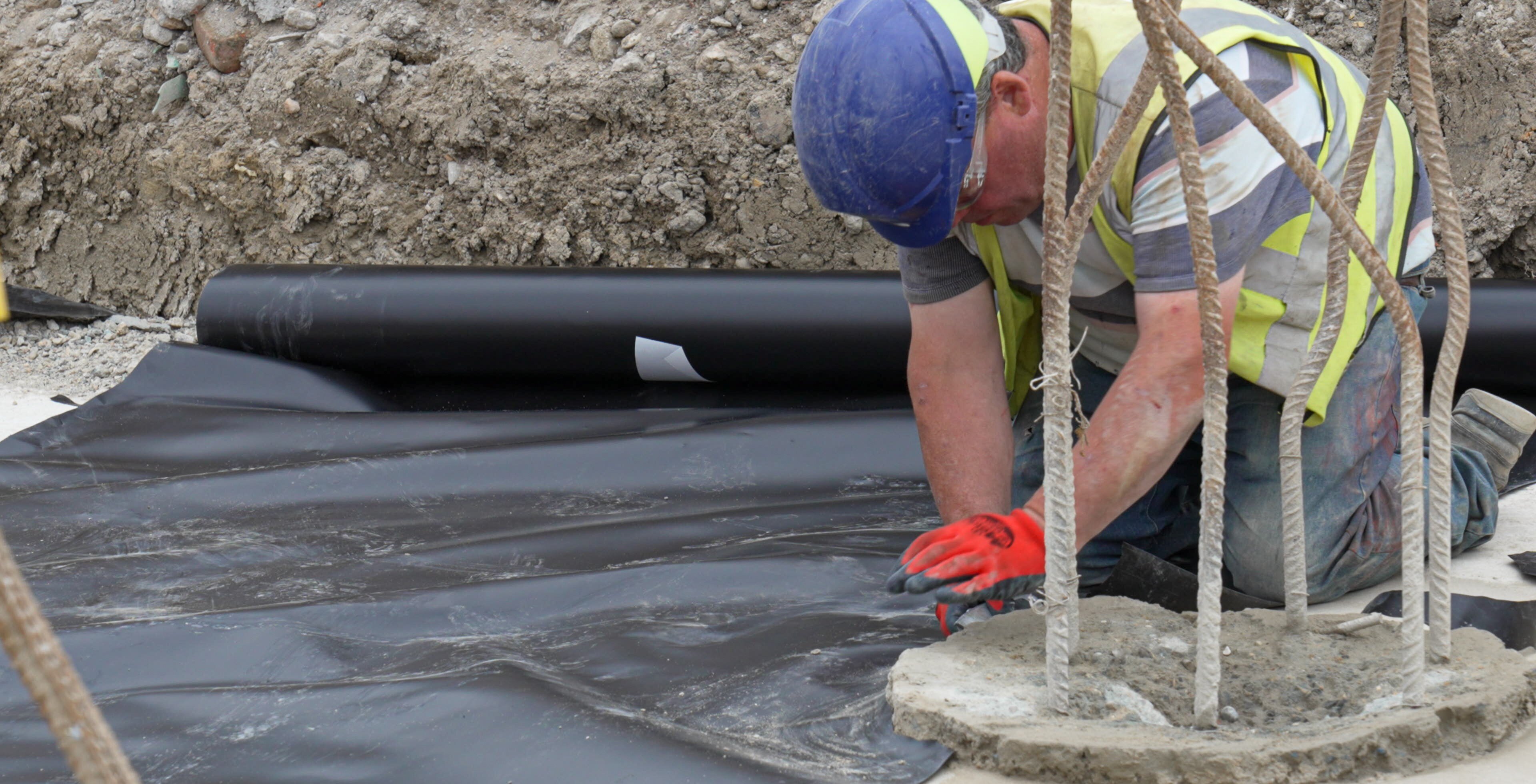
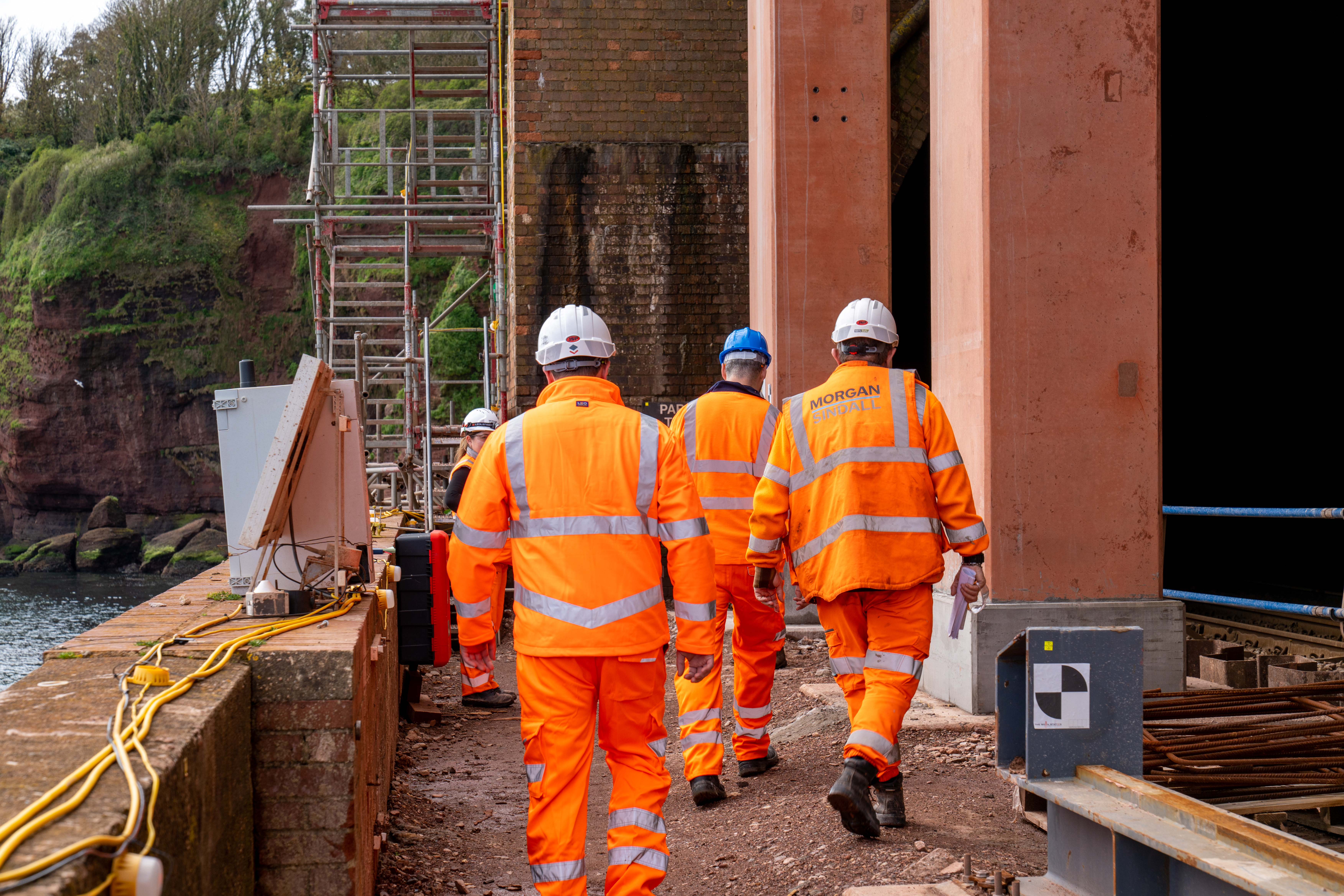



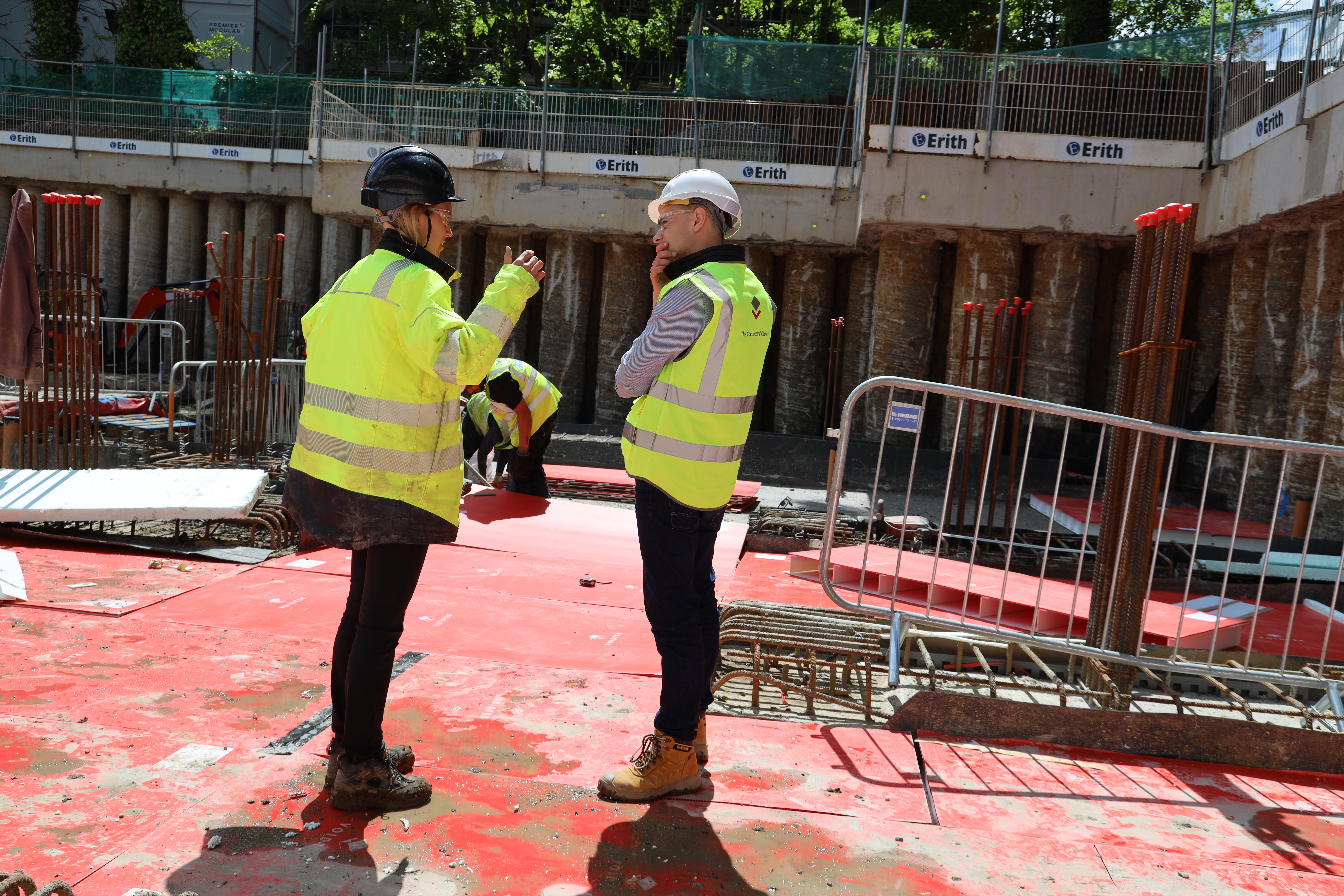
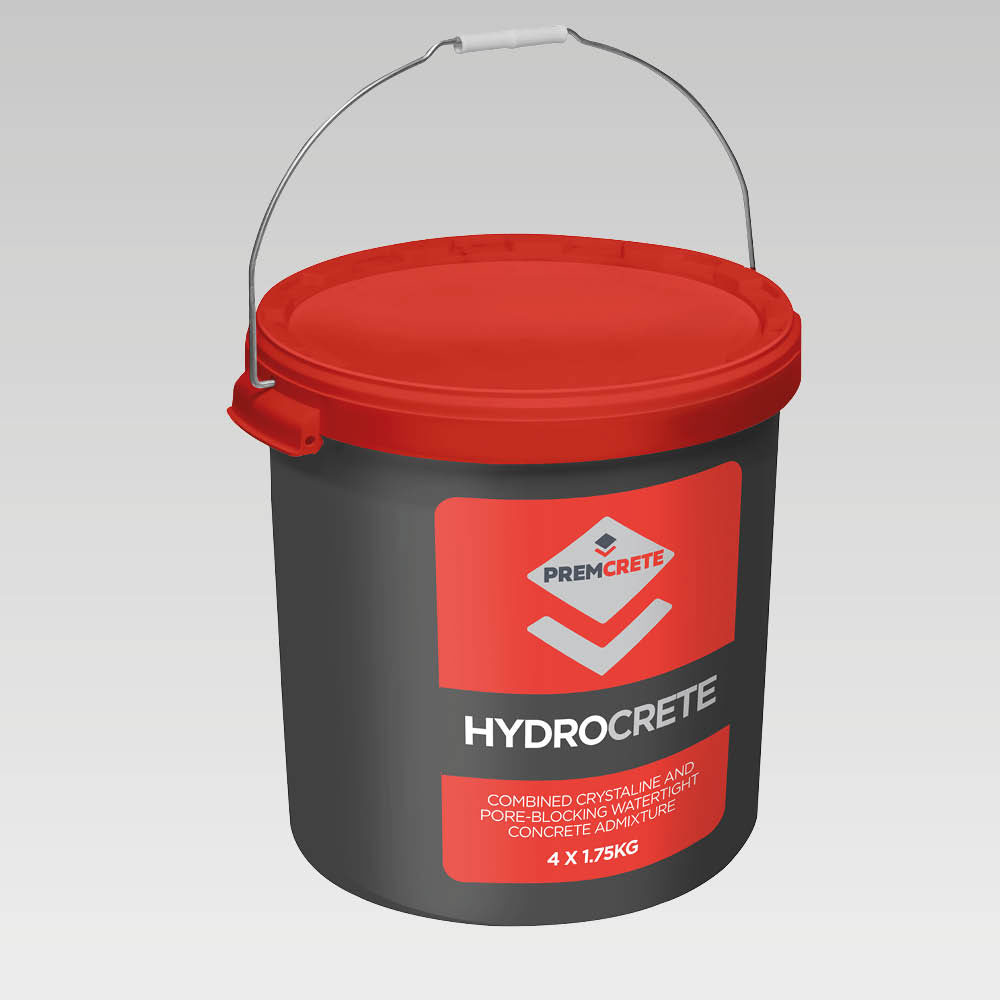
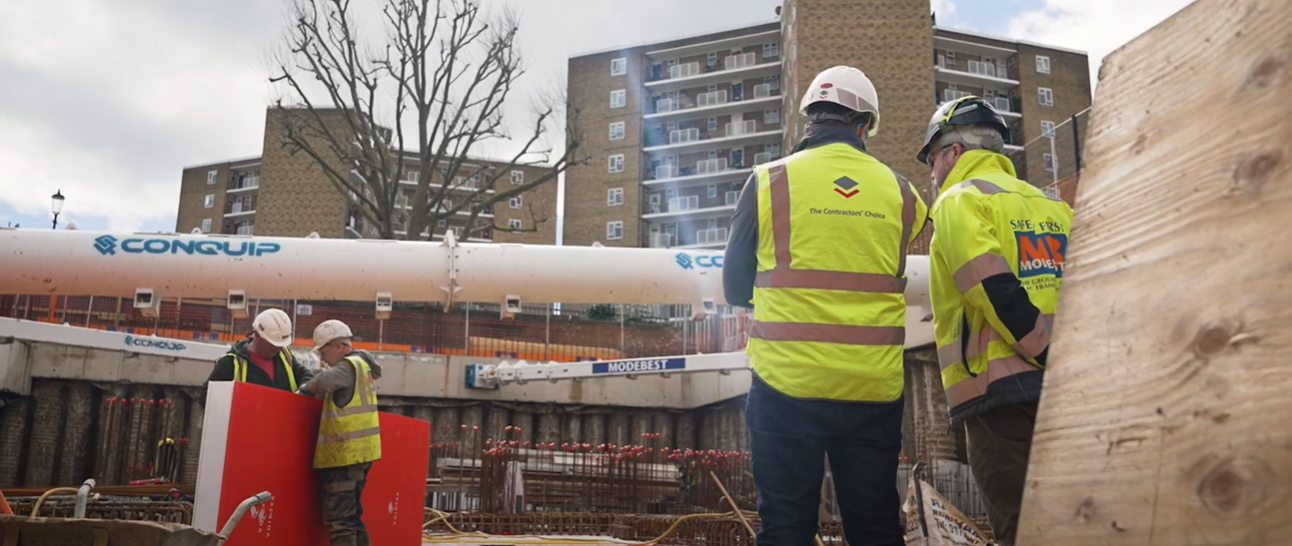
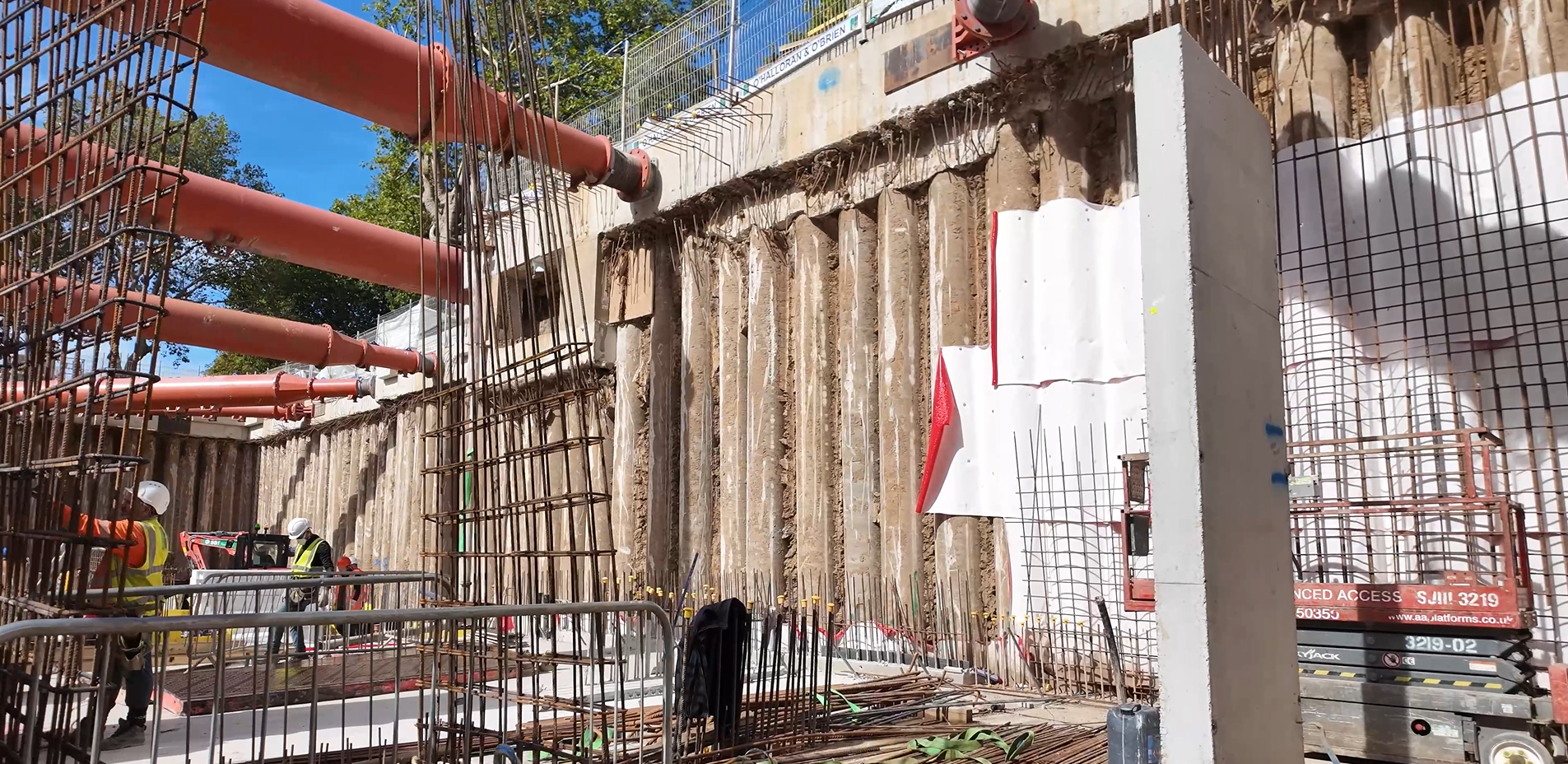
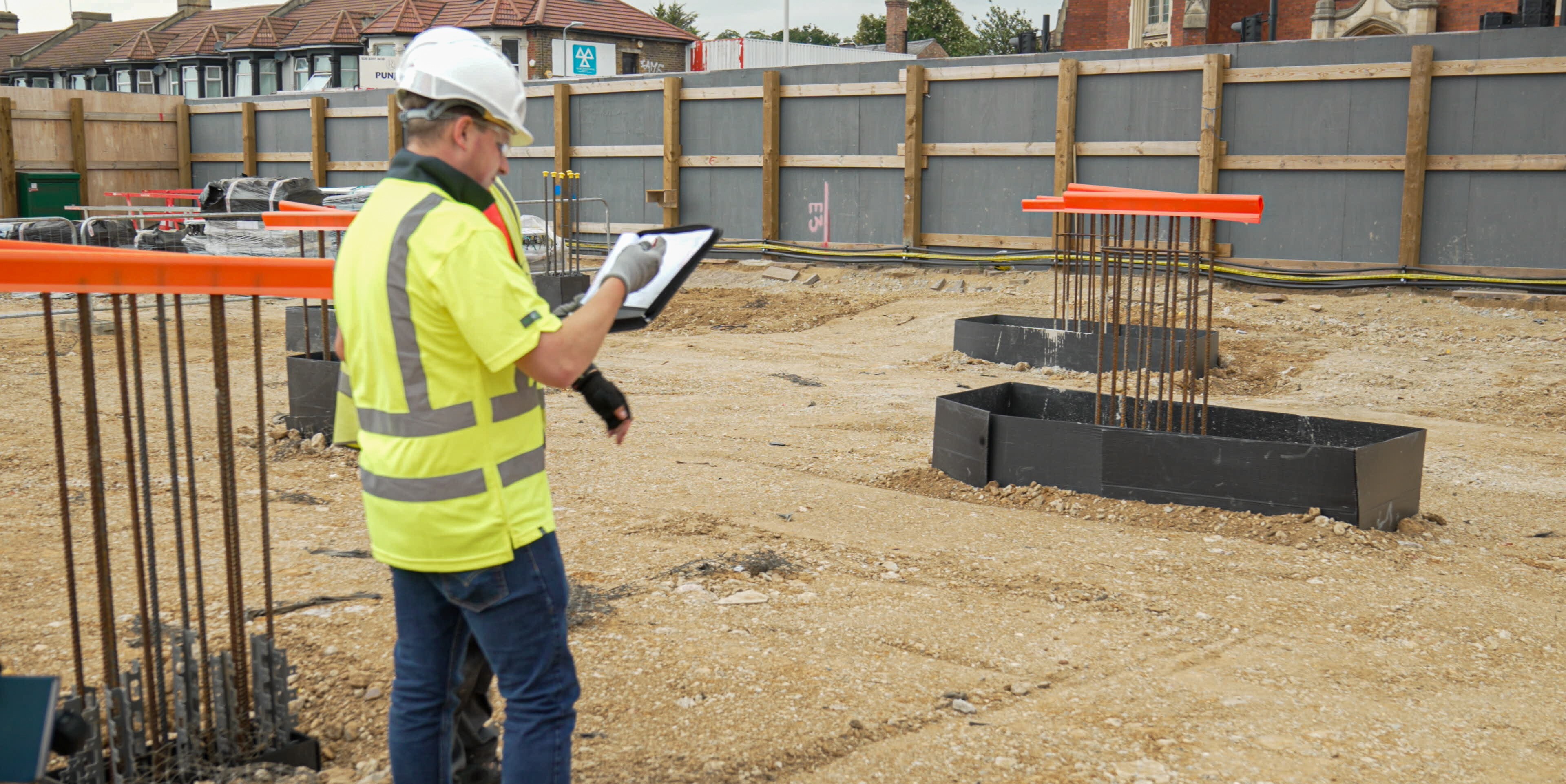
-1.jpg)
